By Kevin M. Hymel
On the Hawaiian island of Oahu, soldiers learned how to close with the Japanese in the jungles of the Pacific.
Boot camp was just the beginning of the American soldier’s training in World War II. In the Pacific Theater, whole divisions cycled through specialized training centers in Hawaii, Australia, and Guadalcanal before coming to grips with the Japanese.
Training in Hawaii consisted of large maneuvers, such as amphibious landings coordinated between the Army and Navy, artillery practice, refresher swimming, and on- and off-loading watercraft. The most intensive training, however, took place at the Jungle Training Center on Oahu.
Army Maj. Gen. Franklin C. Silbert, who served in the China-Burma-India Theater with General Joseph Stilwell and accompanied the general on his famous walk out of Burma, established the center. Silbert, now commanding the 6th Infantry Division, understood the unforgiving environs of jungle fighting and made sure his men would be prepared for the brutality ahead. By the end of the war, at least 10 divisions had passed through the training center.
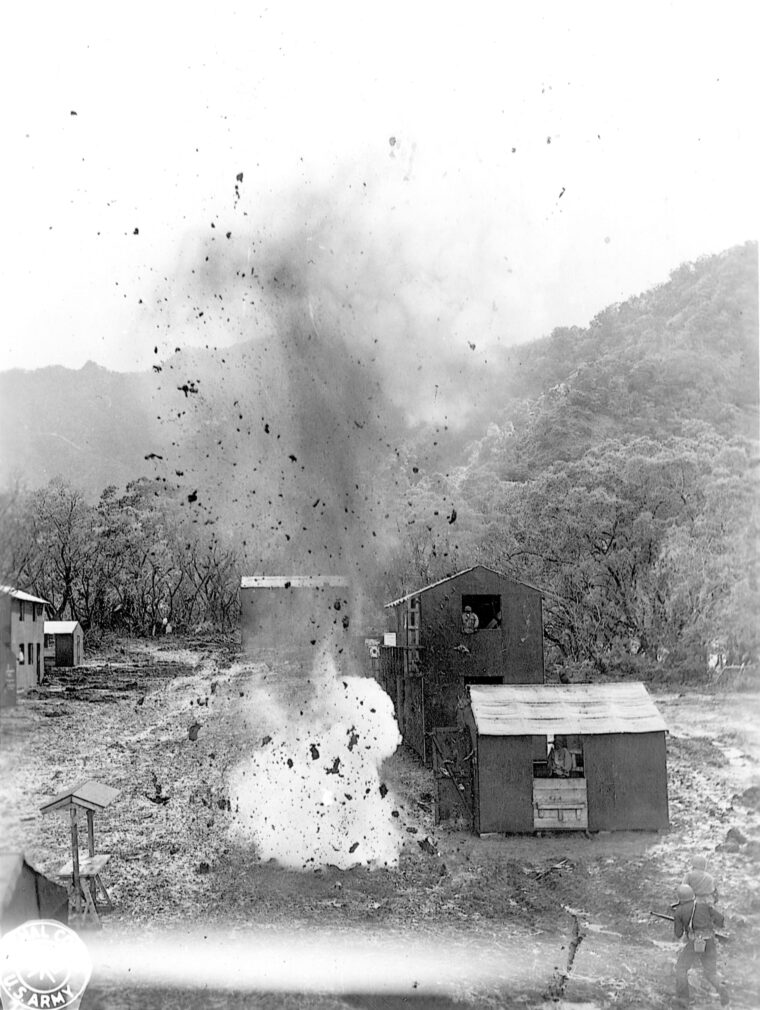
The entire curriculum consisted of 58 hours of training, condensed into one week, and focused on living and fighting in the jungle. Courses included hand-to-hand combat, rope training, river crossing, and city fighting. Firing ranges were created to teach men how to shoot from the hip, advancing while firing. Classes were taught in conventional and specialized weapons usage in the jungle. A course on the destruction of enemy pillboxes taught soldiers to work as a team. Men even learned to survive on exotic fruits they had never heard of—coconuts, papayas, and mangoes.
Soldiers who had already been through years of training were impressed with the center. The training was all-encompassing. If men were injured or simulated an injury, medics had to crawl forward and aid them. At dusk, units had to disengage and set up defenses. Training stopped only when flagrant mistakes were made and umpires had to correct a situation.
While the training provided valuable experience in endurance and weapons knowledge, Oahu was simply too beautiful and the climate too pleasant. The Jungle Training Center did not provide simulations of the heavy rains, oppressive heat, and knee-deep mud encountered in the jungles of the Pacific, nor the malaria, which struck down so many soldiers. Those experiences would have to be learned firsthand while fighting the Japanese.
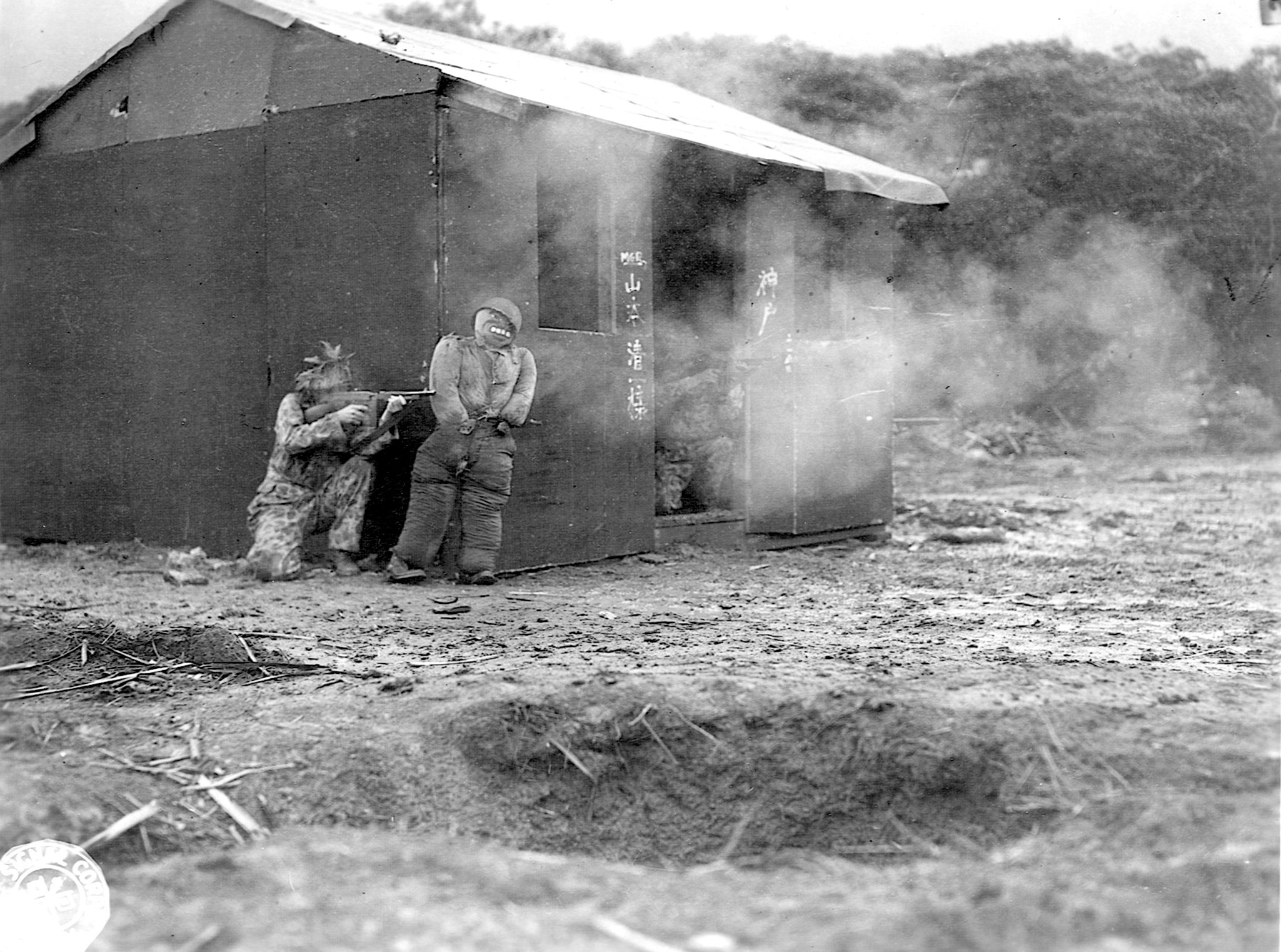
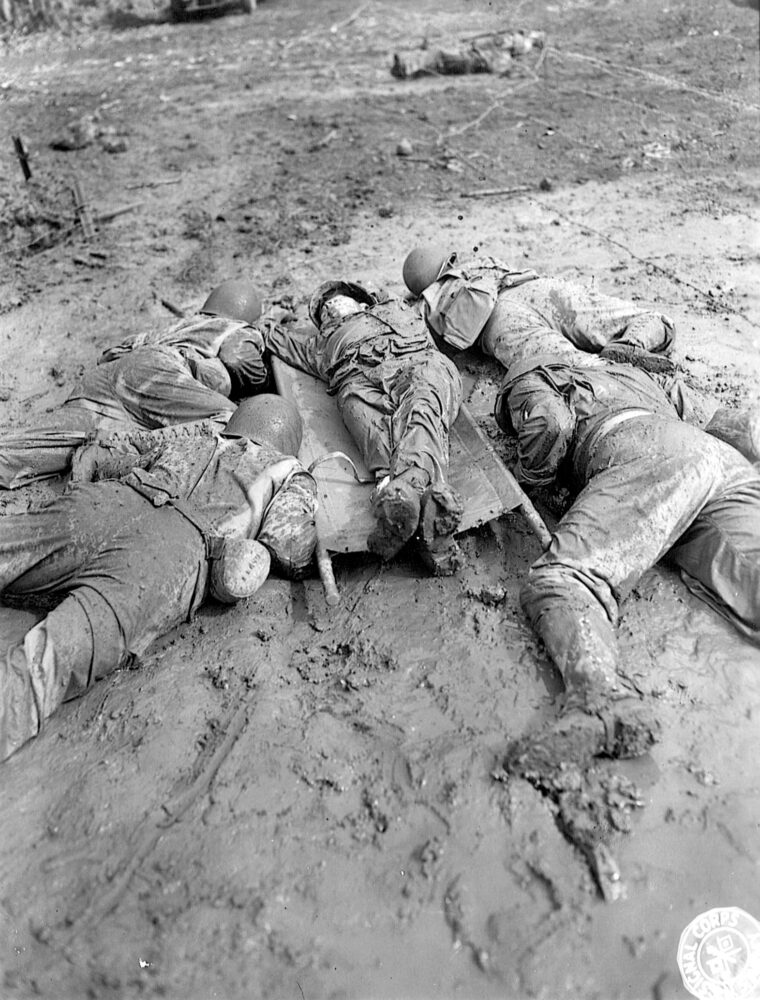
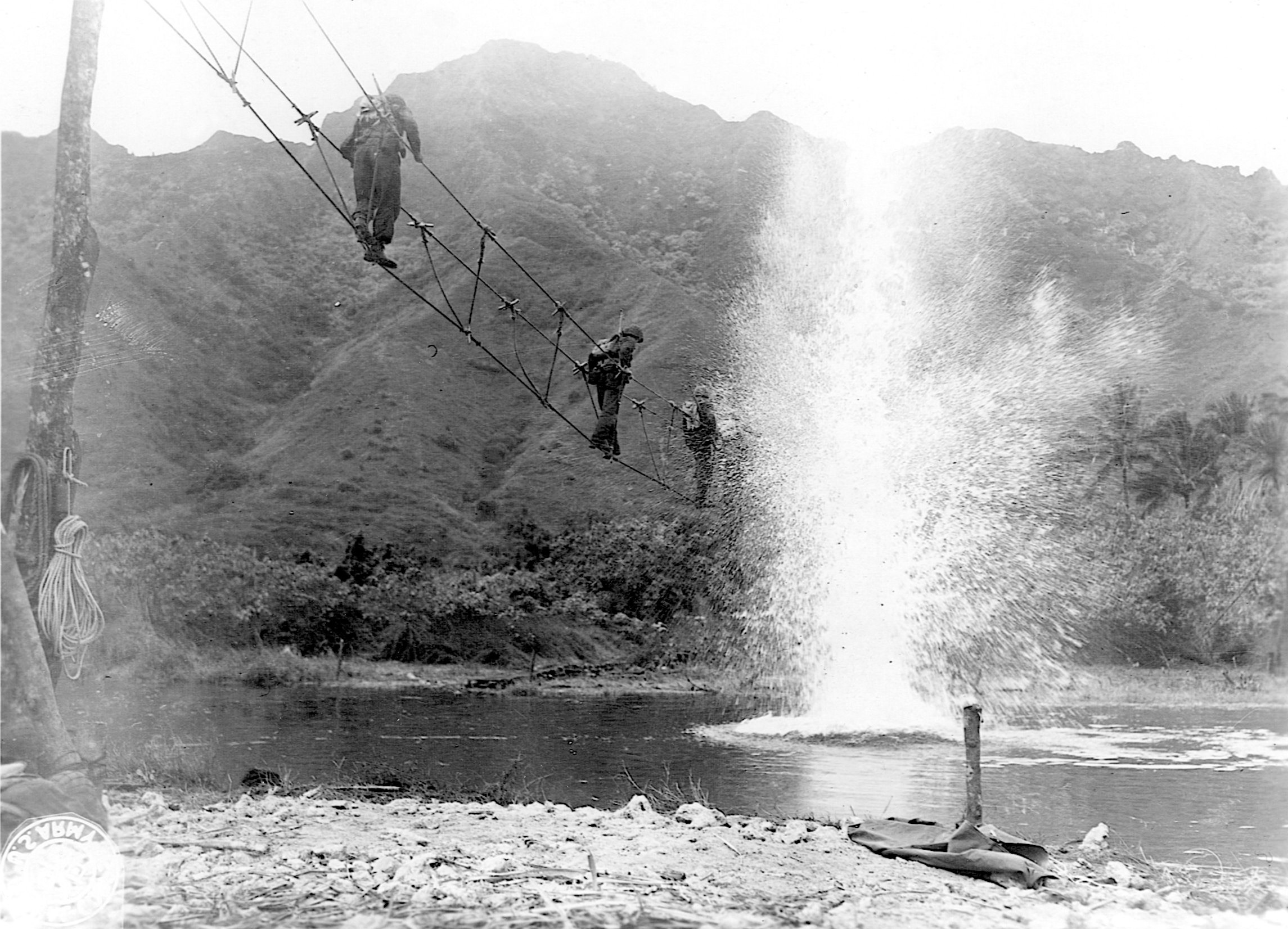
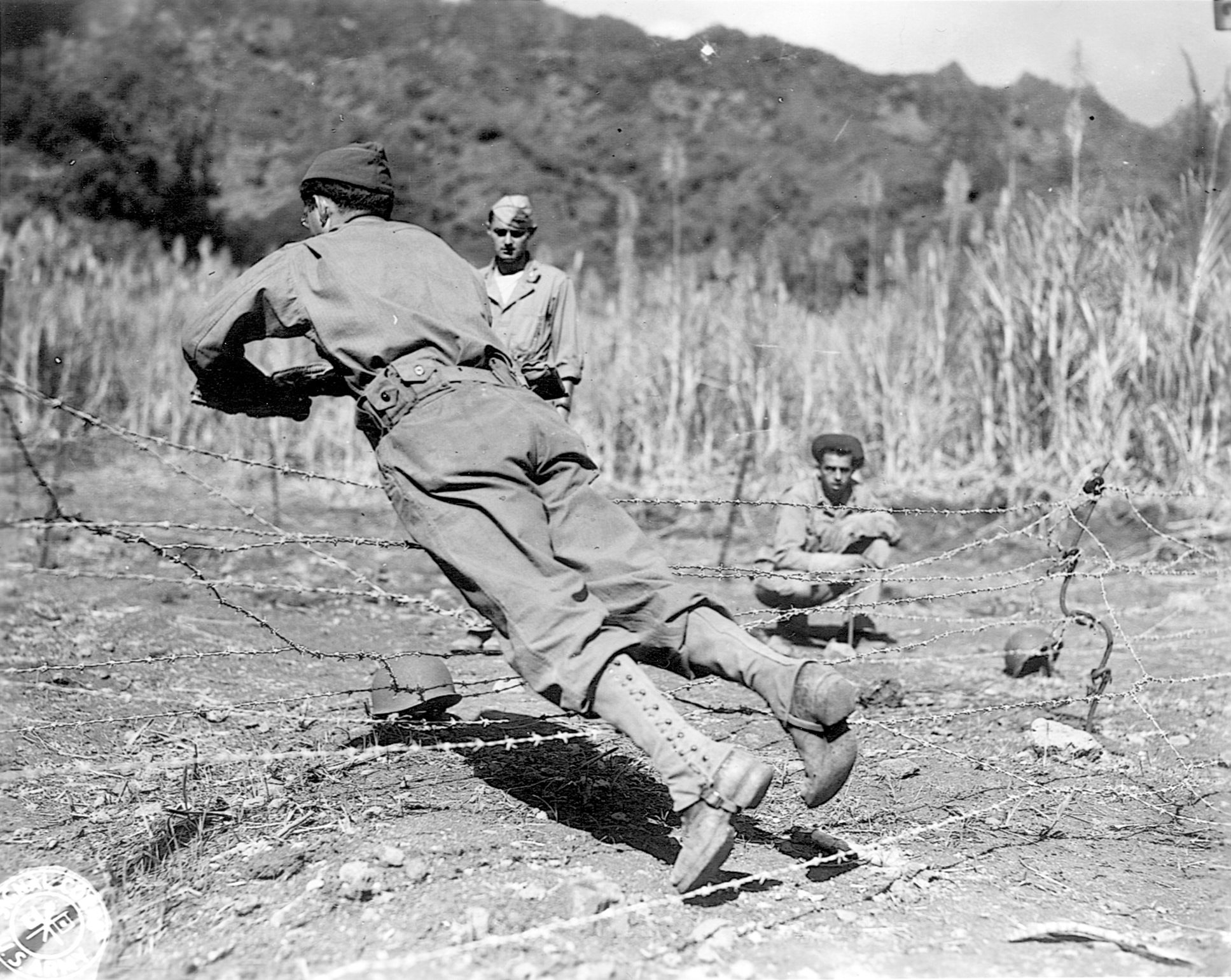
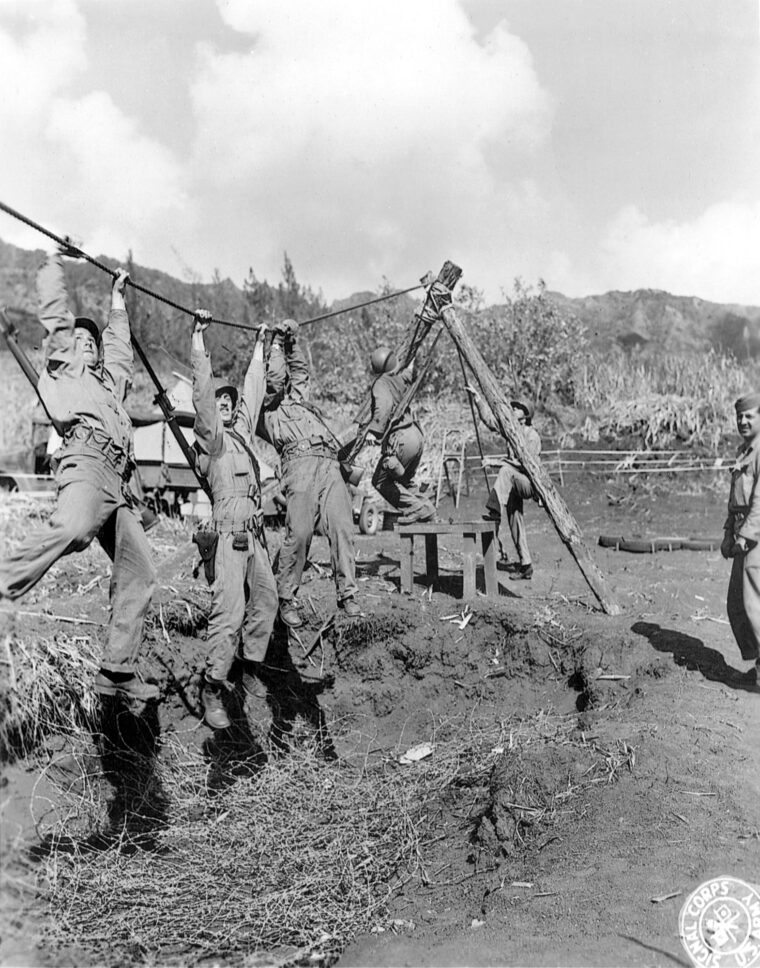
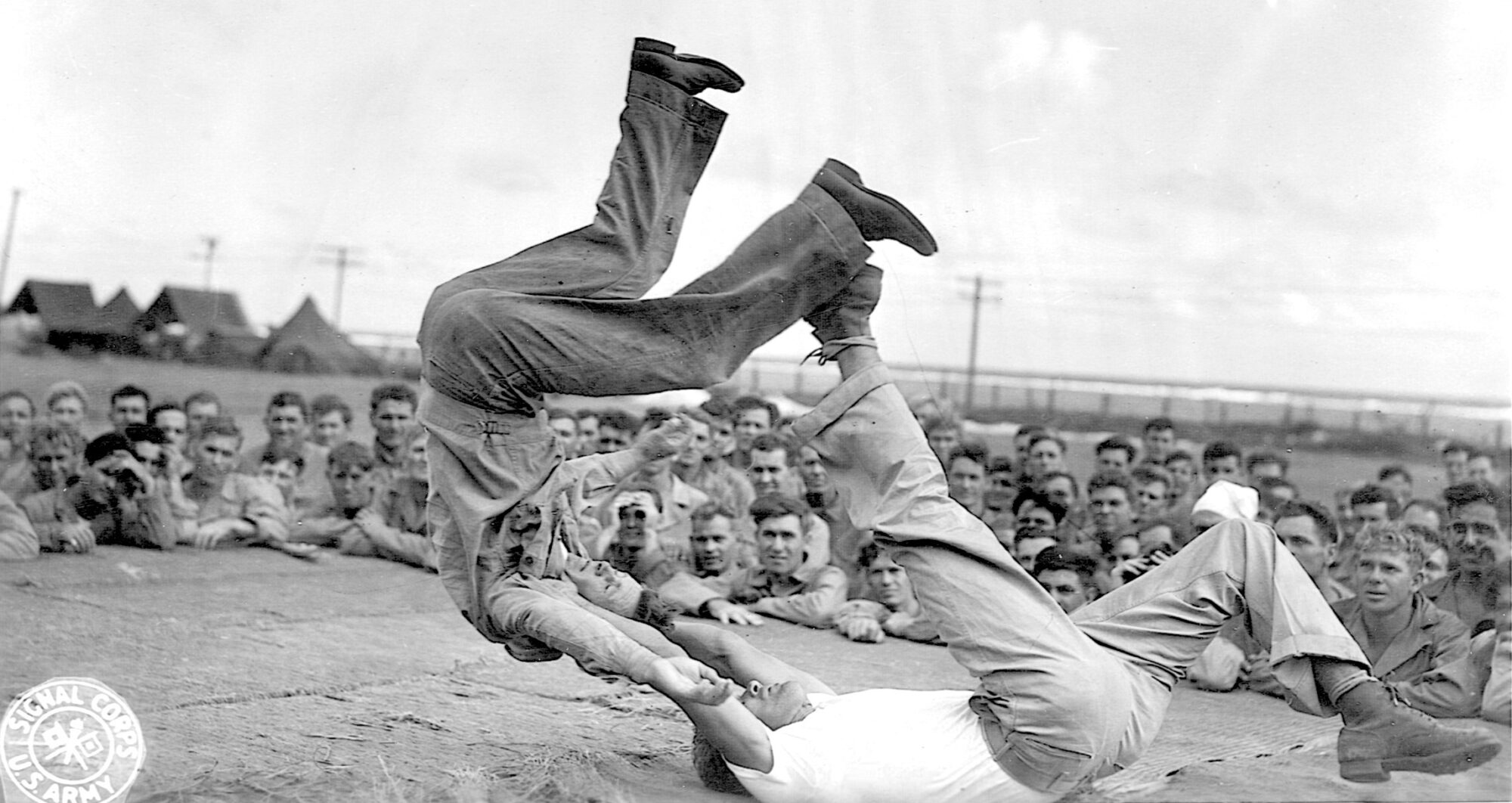
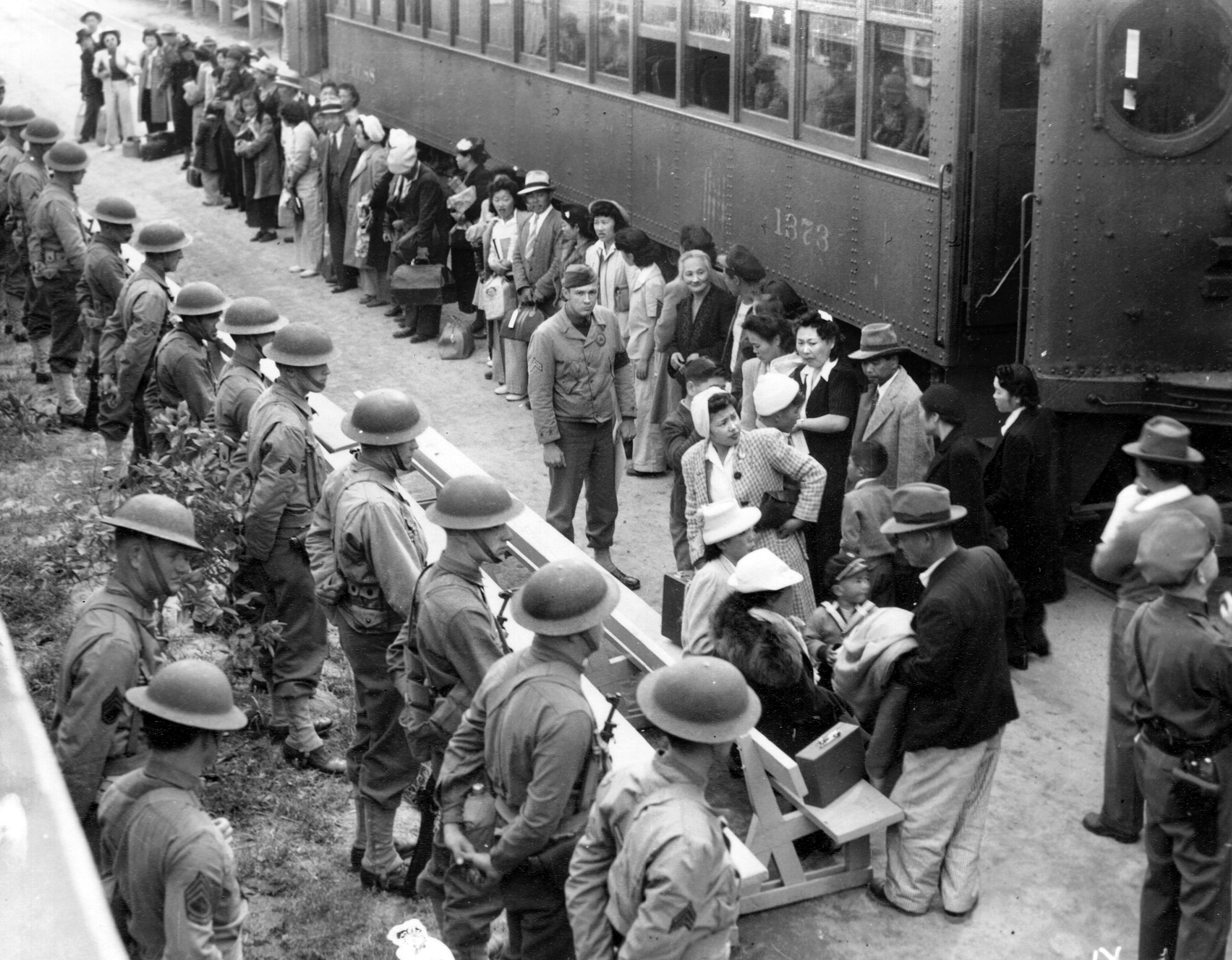
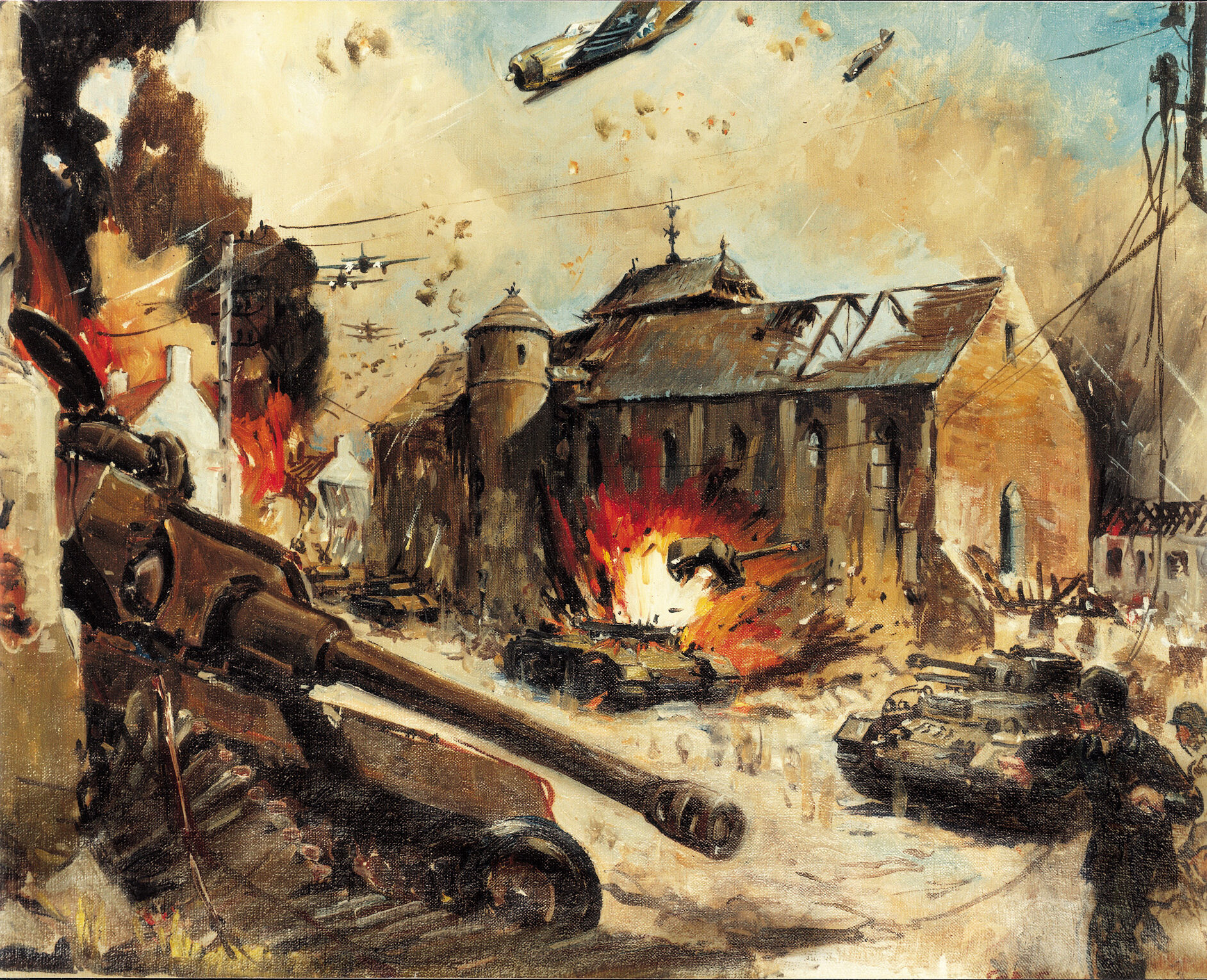
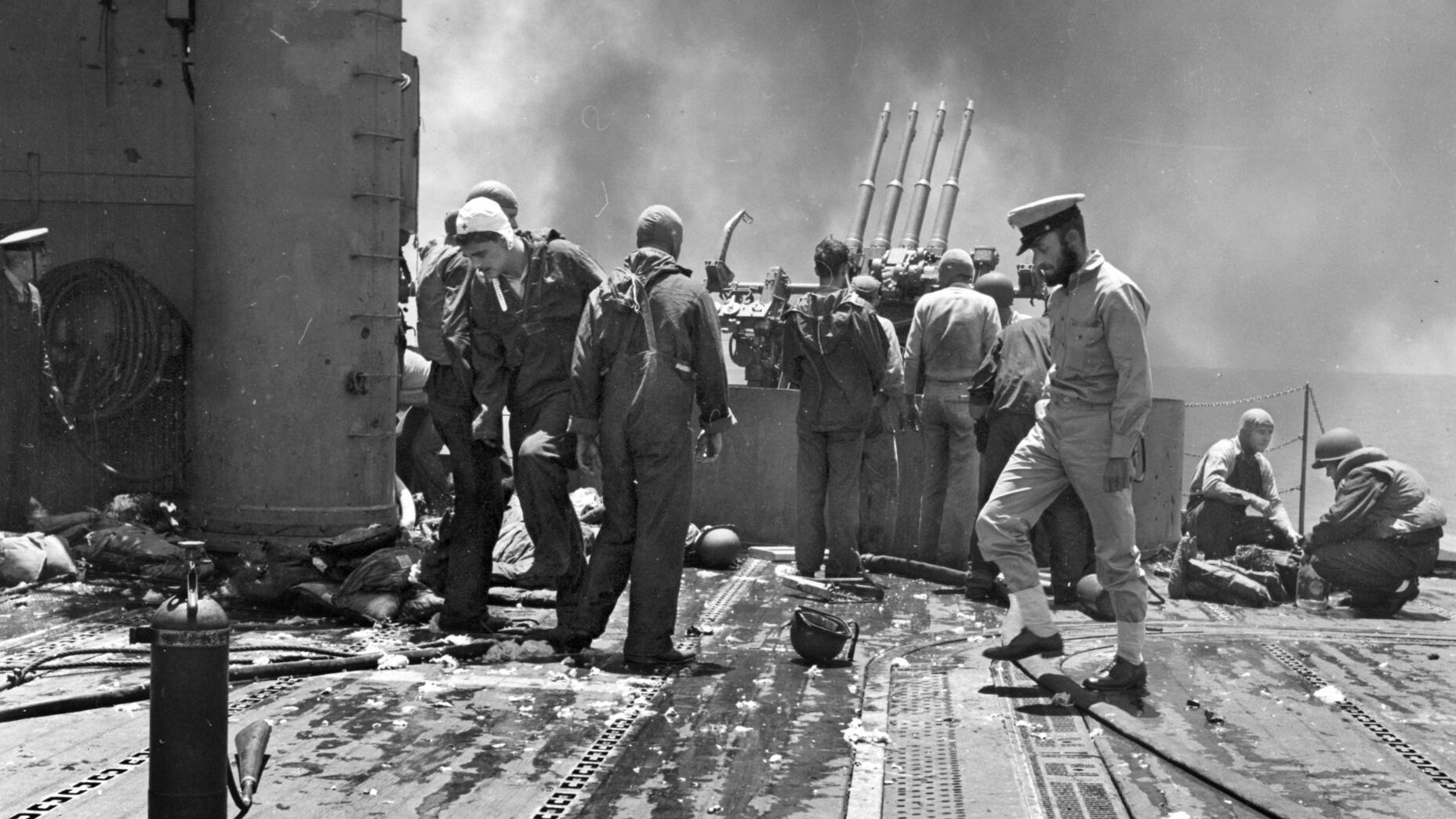
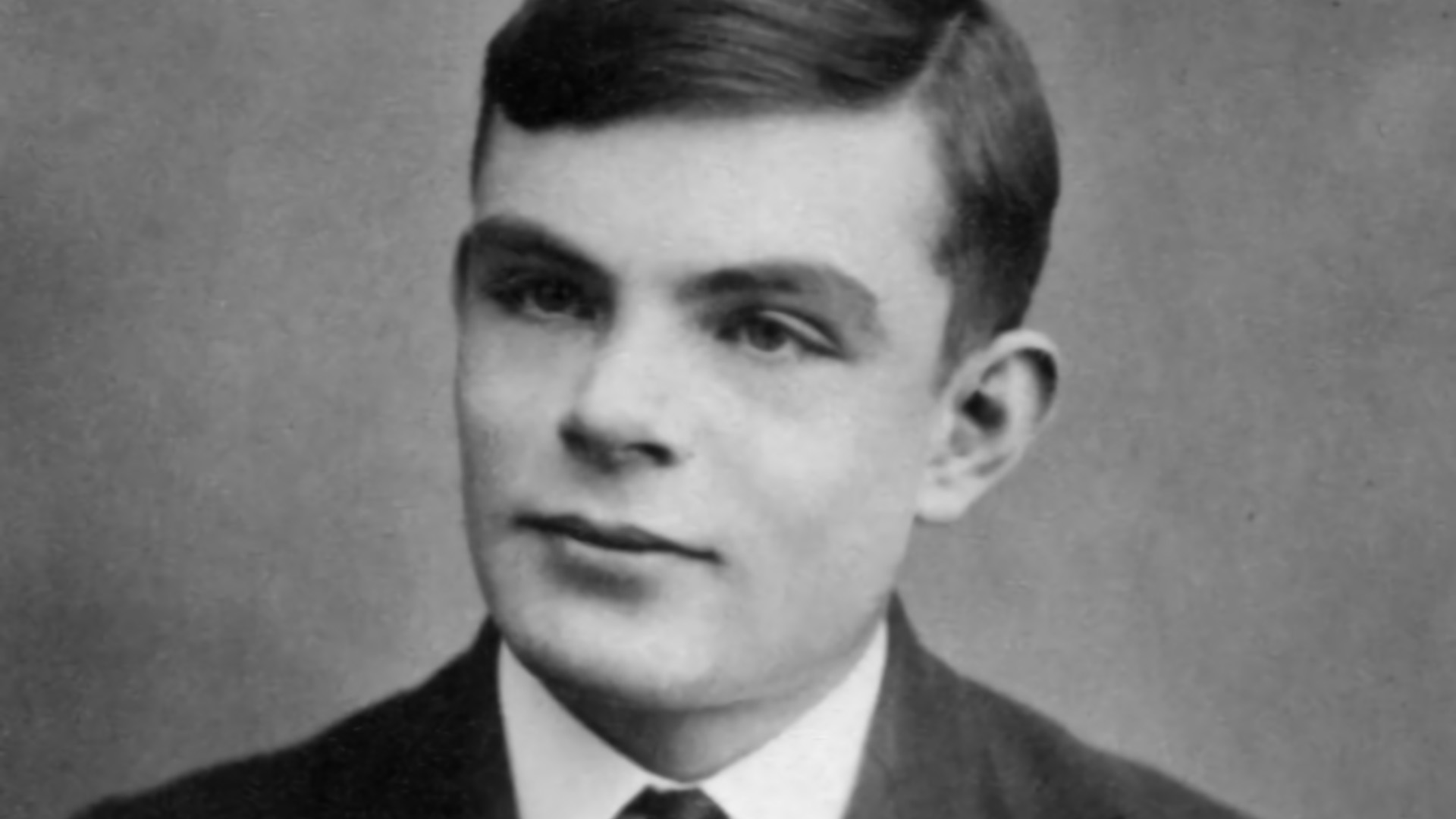
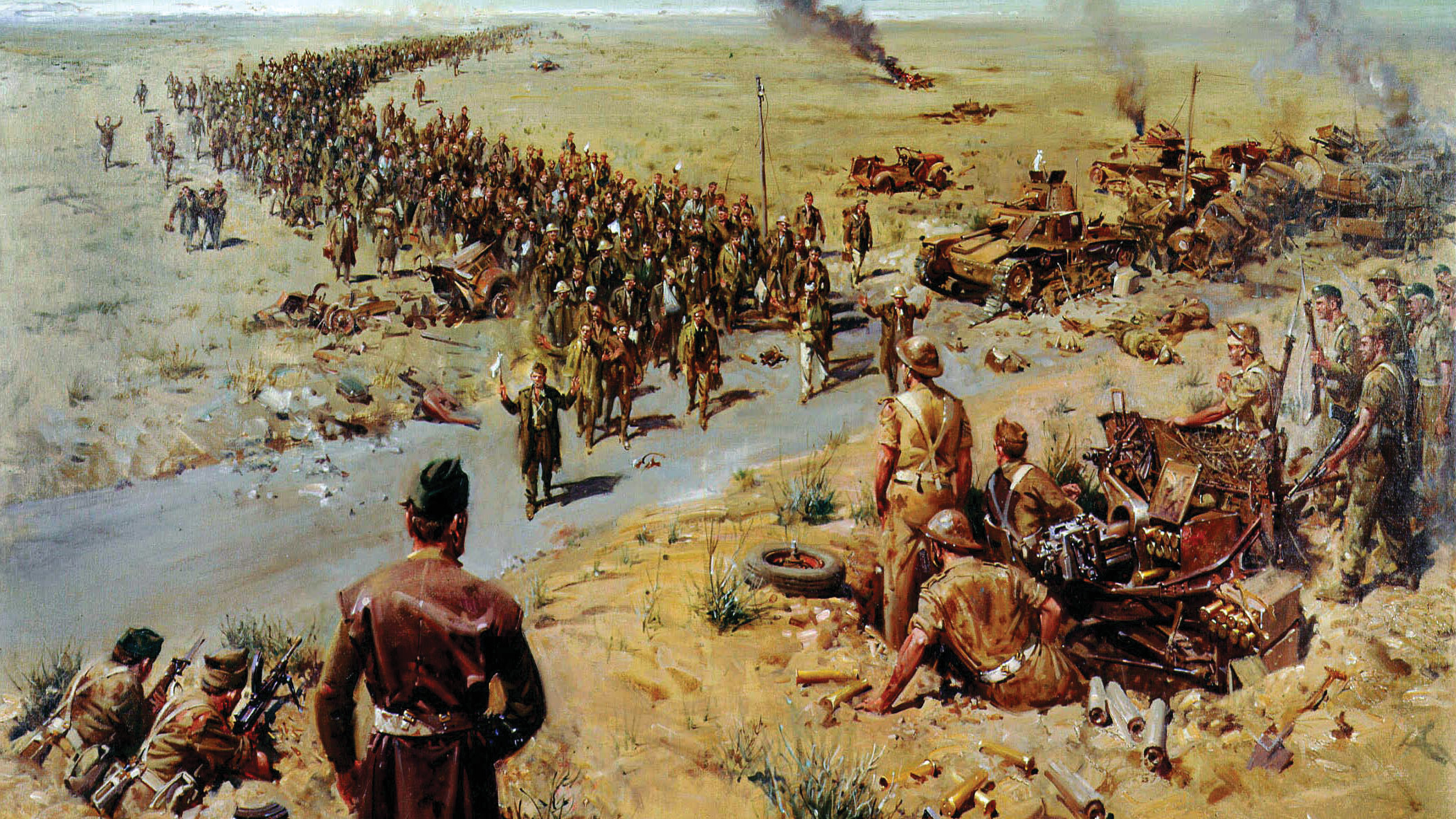
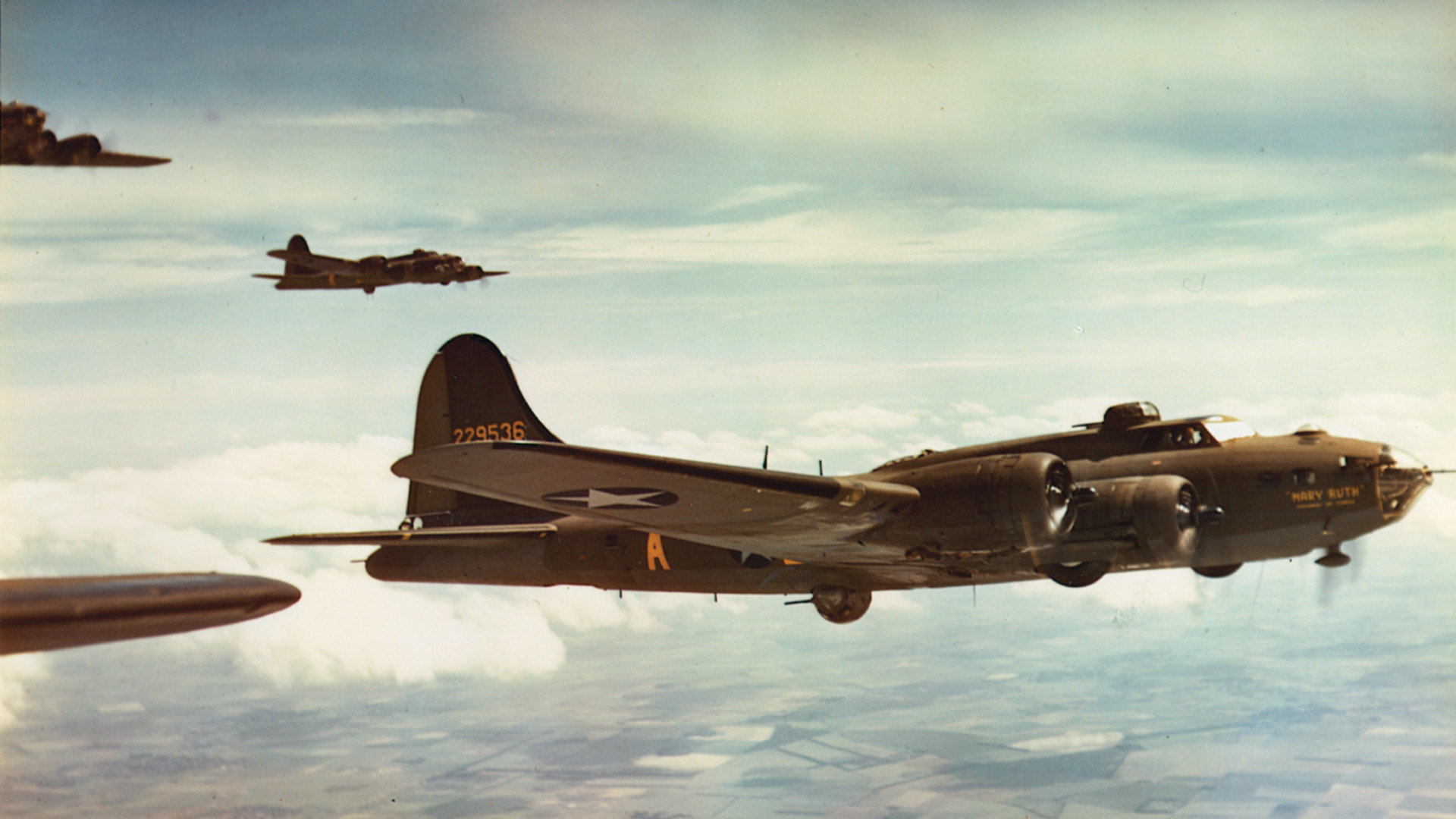
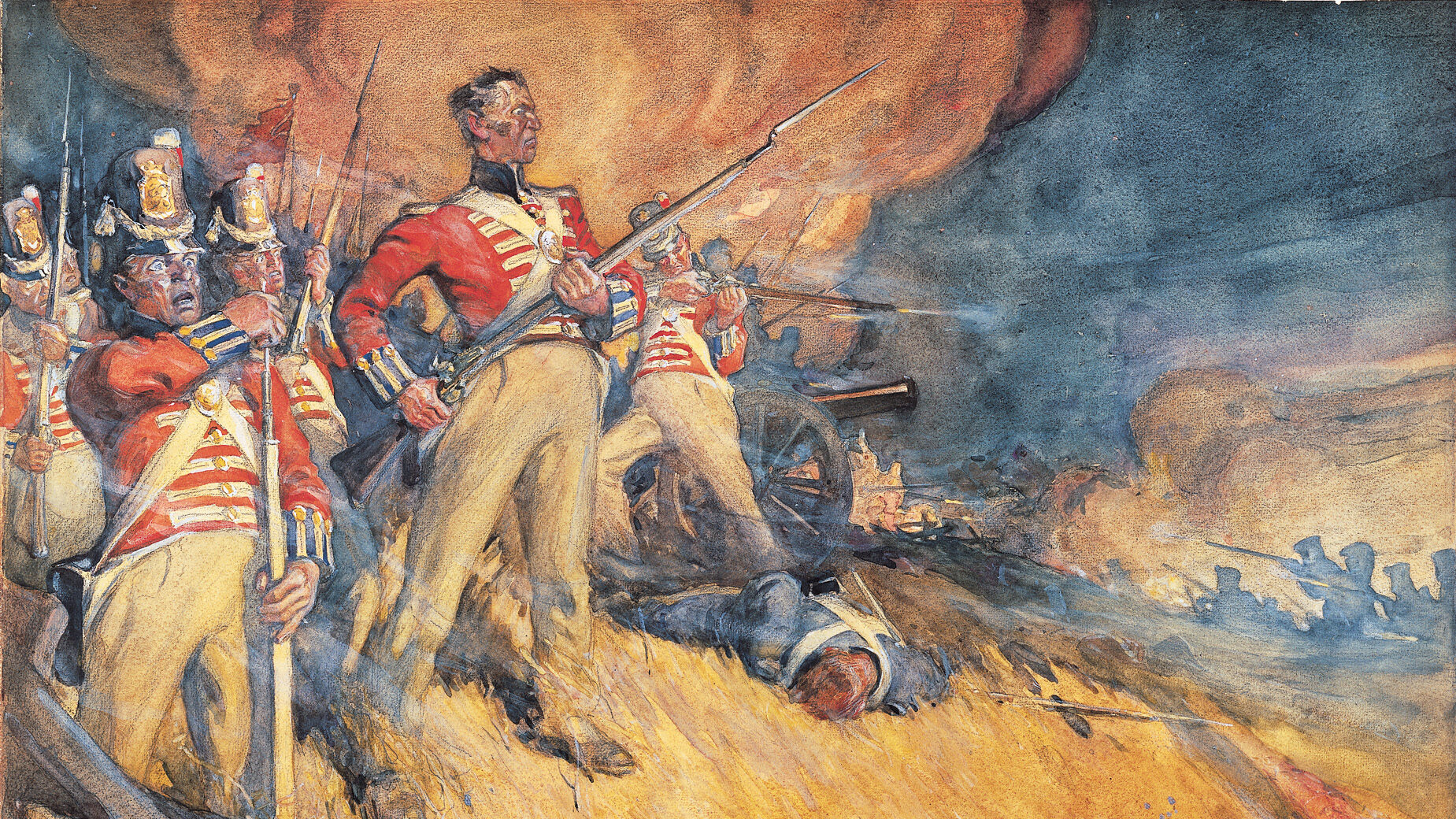
An excellent example that “If you think training is expensive, try ignorance.”
I’m sure many lives were saved because of this experience.